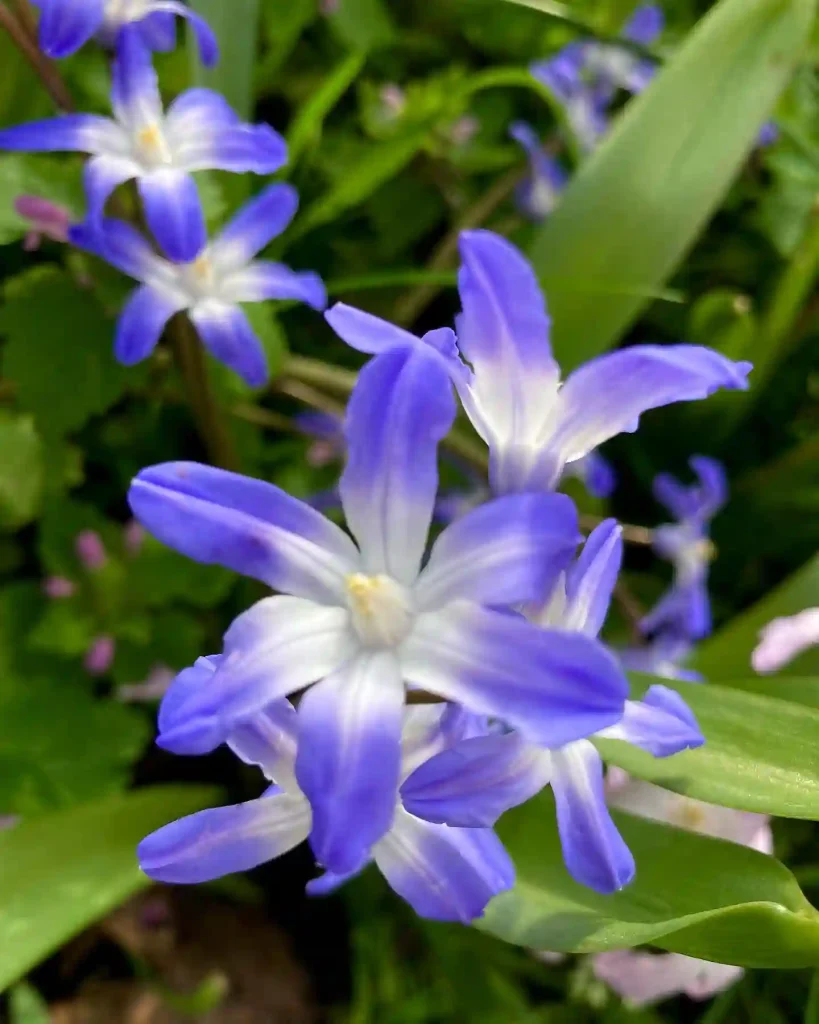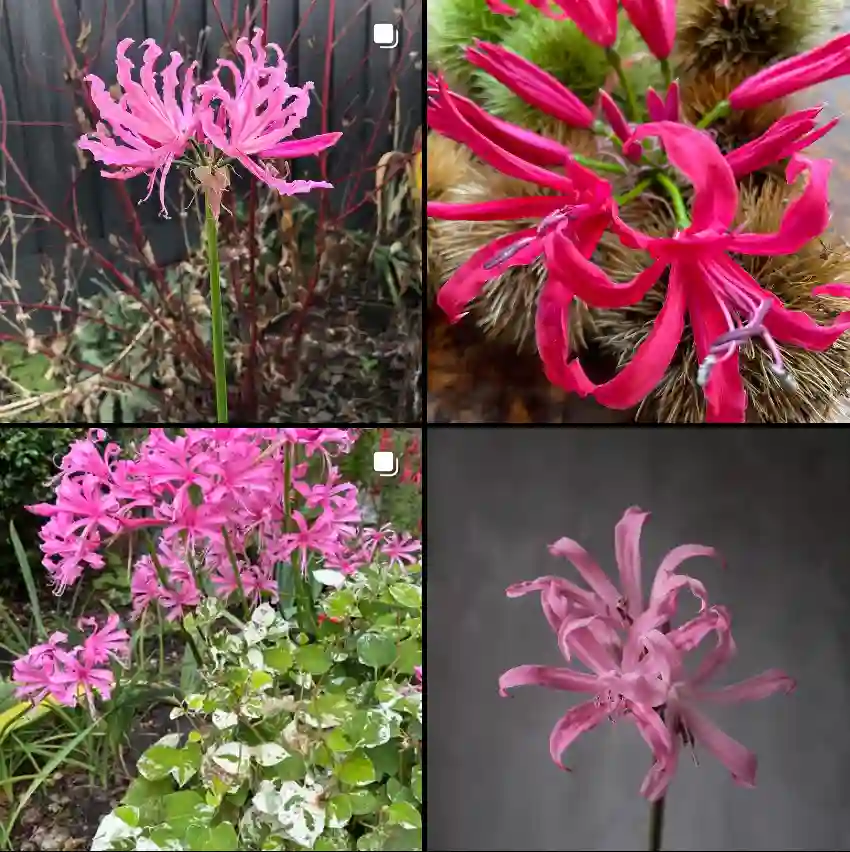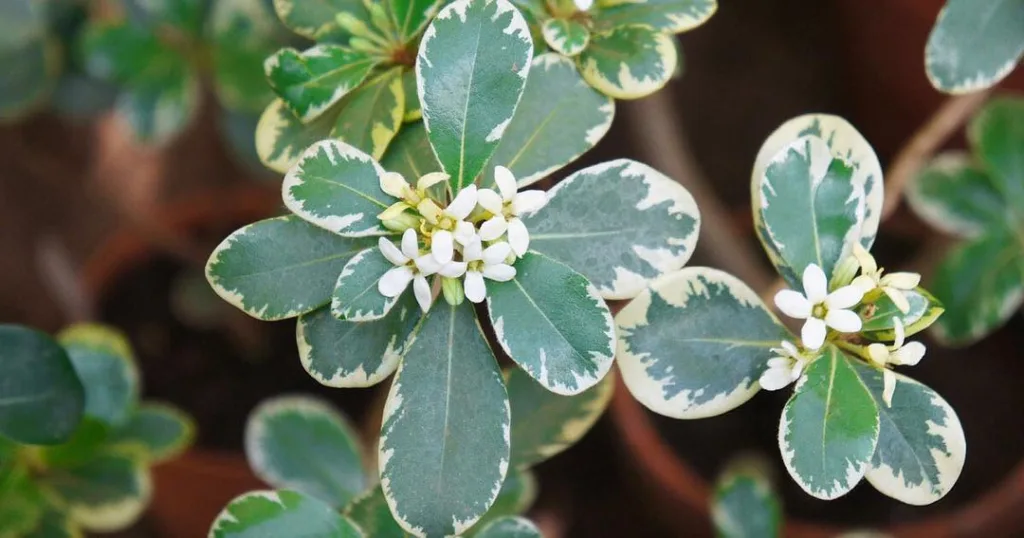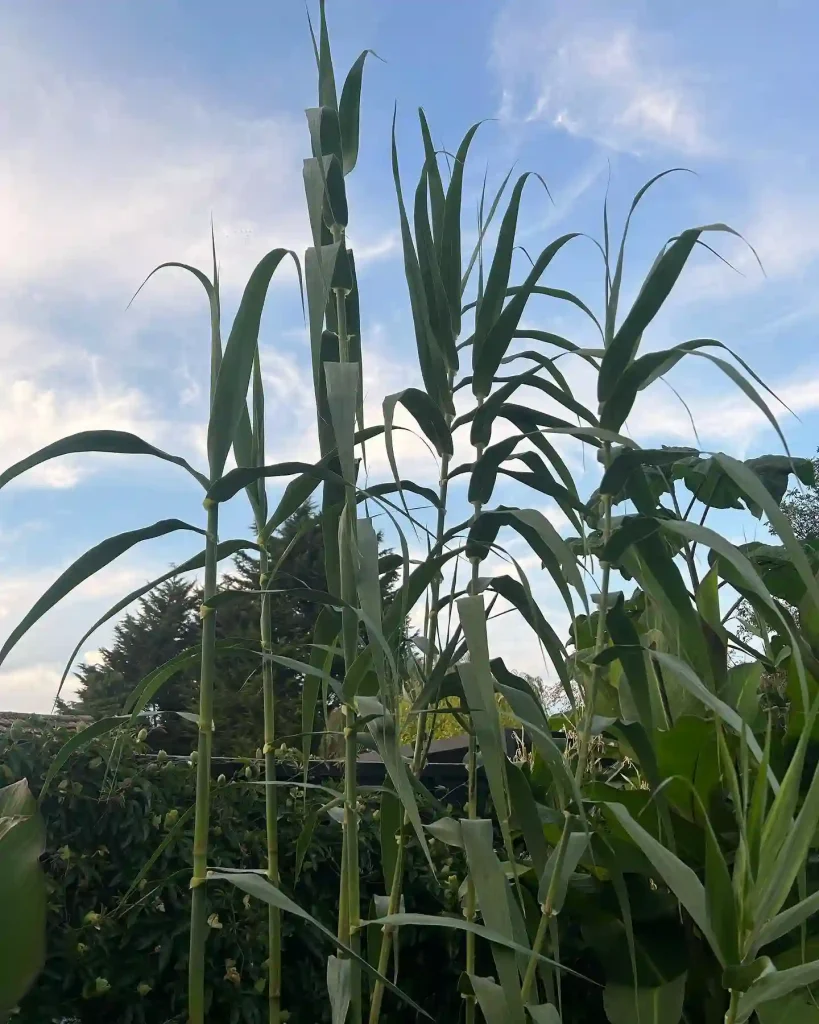Unveiling the Mysteries of Pentaphylacaceae: A Personal Journey
As a botany enthusiast, I, Ferb Vu, am constantly drawn to the intricacies of the plant kingdom. The Pentaphylacaceae family, with its unique characteristics and captivating diversity, has always held a special place in my heart. Join me as I delve into the fascinating world of these remarkable plants, exploring their evolutionary history, morphological marvels, and ecological significance.
Ancestral Roots and Evolutionary Odyssey
The Pentaphylacaceae family boasts a rich evolutionary history that dates back millions of years. Fossil evidence suggests that these plants originated in the early Cretaceous period, coexisting with dinosaurs and other ancient life forms. Over time, they diversified and adapted, giving rise to a diverse array of species that thrive in various habitats across the globe.
Morphological Marvels: A Closer Look
The Pentaphylacaceae family is renowned for its distinctive morphological features. These plants typically exhibit evergreen foliage, with simple, alternate leaves that are often adorned with serrated margins. Their flowers, though small and inconspicuous, possess a unique charm, often arranged in clusters or panicles. The fruits, which vary in form depending on the genus, can be capsules, berries, or drupes, each containing seeds that ensure the perpetuation of the species.
Ecological Role and Conservation Concerns
The Pentaphylacaceae family plays a vital role in the delicate balance of ecosystems. These plants provide food and shelter for a variety of animals, including insects, birds, and mammals. Their roots help to stabilize the soil, preventing erosion and promoting water retention. However, despite their ecological importance, many Pentaphylacaceae species face threats due to habitat loss, deforestation, and climate change. Conservation efforts are crucial to ensure the survival of these remarkable plants and the ecosystems they support.
Genera of Pentaphylacaceae: A Diverse Assemblage
The Pentaphylacaceae family encompasses a diverse assemblage of genera, each with its unique characteristics and distribution. Let’s take a closer look at some of the notable members of this family:
- Pentaphylax: This genus, from which the family derives its name, comprises evergreen trees and shrubs native to Southeast Asia. They are known for their glossy leaves and fragrant flowers.
- Ternstroemia: This genus includes a wide range of evergreen trees and shrubs found in tropical and subtropical regions. They exhibit diverse leaf shapes and flower colors.
- Adinandra: This genus encompasses evergreen trees and shrubs with a distribution spanning Asia and the Pacific islands. They are valued for their timber and medicinal properties.
- Cleyera: This genus comprises evergreen trees and shrubs native to Asia and the Americas. They are often cultivated as ornamental plants due to their attractive foliage. – 24 Species in Genus Cleyera
- Eurya: This genus includes evergreen shrubs and small trees found in Asia and the Pacific islands. They are known for their adaptability to various habitats.
- Symplococarpon: This genus comprises evergreen trees and shrubs found in Asia and the Americas. They are notable for their ecological interactions with other organisms.
- Anneslea: A genus of evergreen trees or shrubs native to tropical and subtropical Asia, known for their leathery leaves and small, fragrant flowers.
- Archboldiodendron: A monotypic genus represented by Archboldiodendron calosericeum, a rare evergreen tree endemic to New Guinea, with distinctive, hairy leaves.
- Balthasaria: A genus of evergreen trees or shrubs native to tropical Asia, with simple leaves and small, white or yellow flowers.
- Euryodendron: A monotypic genus containing Euryodendron excelsum, a critically endangered evergreen tree endemic to China, valued for its timber and ornamental foliage.
- Freziera: A genus of evergreen trees or shrubs native to Central and South America, with simple leaves and small, white or yellow flowers, some species having medicinal uses.
- Visnea: A monotypic genus represented by Visnea mocanera, an evergreen shrub or small tree native to the Canary Islands and Madeira, with small, white flowers and edible berries.
Conclusion: A Treasure Trove of Botanical Wonders
The Pentaphylacaceae family represents a treasure trove of botanical wonders, captivating with their evolutionary history, morphological marvels, and ecological significance. From the ancient forests of Southeast Asia to the tropical rainforests of South America, these plants have adapted and thrived, contributing to the biodiversity of our planet. As we continue to explore and understand the intricacies of the Pentaphylacaceae family, we gain a deeper appreciation for the interconnectedness of life and the importance of conserving these invaluable natural resources.
If i die, water my plants!



